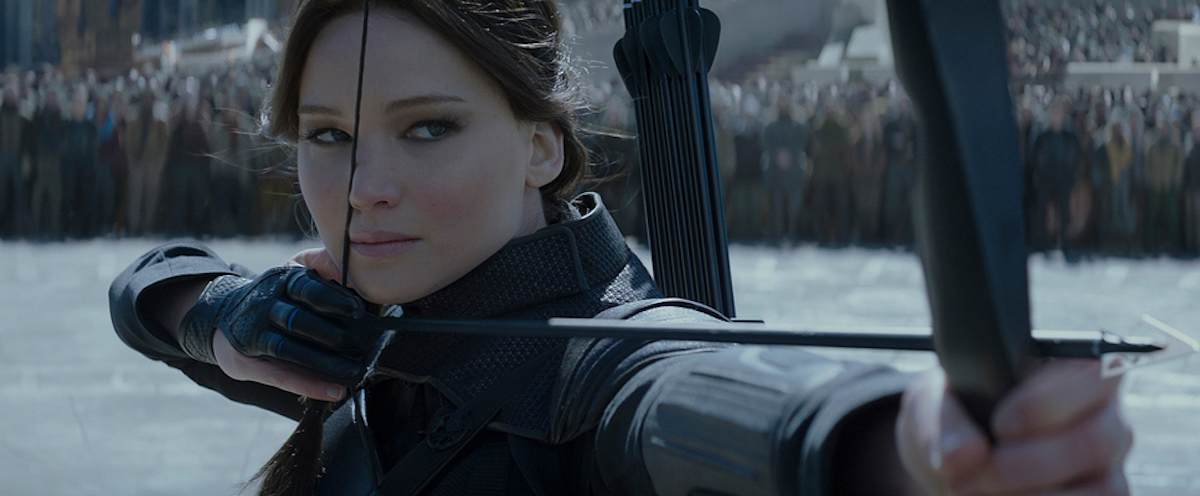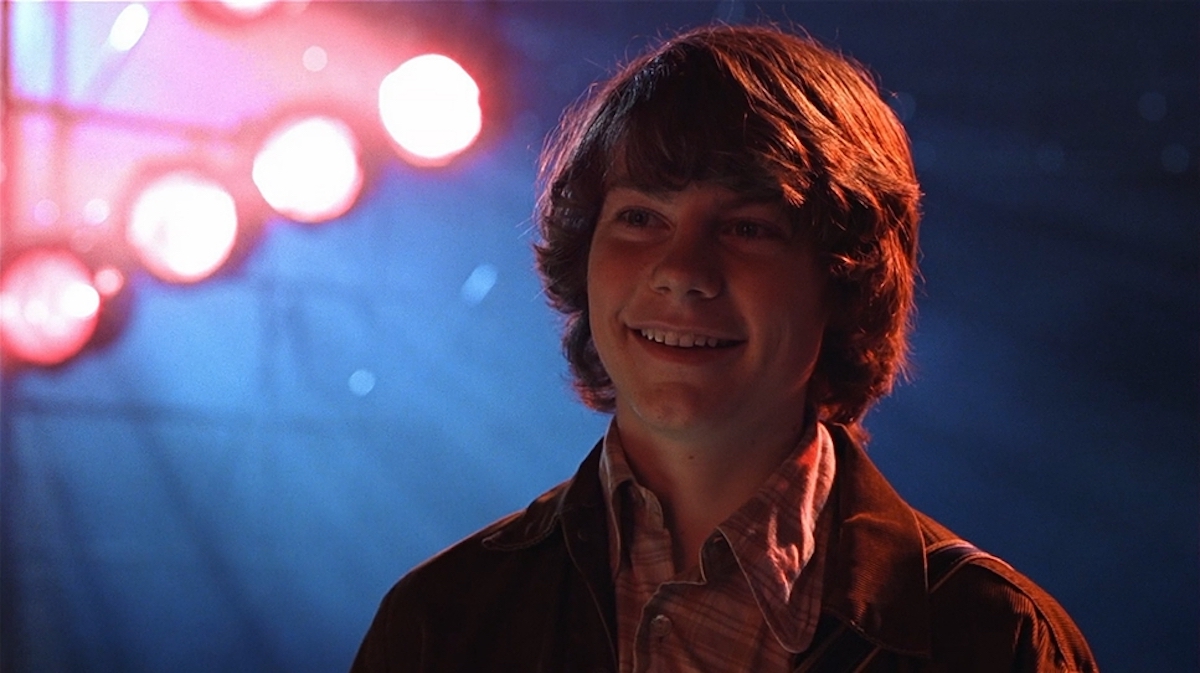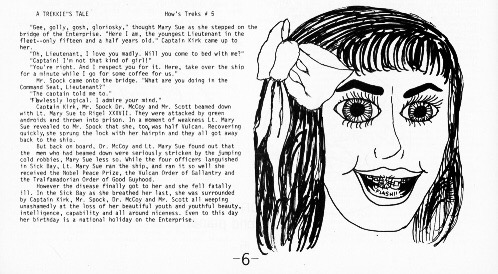One of the most annoying things in film and TV is when a character seems to lead a perfect life where problems typically solve themselves. No matter what situation they are in, they have the upper hand. There are no stakes. There is no risk. They are invincible. This is a “Mary Sue” character.
There has been a lot of discourse around what a Mary Sue character is and what characters do or don’t fall into this character type. The history around this term is complicated, and people have used it incorrectly and in misogynistic ways.
Let’s define what a Mary Sue character is, the term’s origins, examples of the character, how you can avoid writing them in your screenplays, and if there is a specific story that allows Mary Sue characters to thrive.
Got an amazing action script? Enter the ScreenCraft Action & Adventure Competition!
Mary Sue Meaning
Mary Sue is a derogatory term used to criticize a character that fits into either or both of these two character archetypes:
- An author-insert character used for wish-fulfillment
- An idealized character who is talented at everything and has no meaningful flaws, but may have a tragic backstory
Despite the gendered name, the Mary Sue trope can apply to both female and male characters (the male-specific is sometimes referred to as a Gary Stu or Marty Stu).
The term originated from Star Trek fan fiction and was coined by Paula Smith in the 1973 parody short story, A Trekkie’s Tale. However, the author-insert character has been around in literature since the 1800s. Although Mary Sue was first identified in fan fiction and literature, the term naturally found its way into other forms of storytelling like film and television.
The Characteristics of a Mary Sue
As the derisive term grew in popularity and entered the mainstream, the rules for what characteristics would be considered “Mary Sue” became slightly skewed. There are a lot of debates and disagreements over precise characteristics. However, these are the main characteristics to help you understand what traits to look out for:
- One-dimensional, flat, and lacking nuance. There is nothing distinguishable about who this character is or what they want.
- Exceptionally talented at everything, and rarely struggles.
- The conflict revolves around them and is solved by them.
- No weaknesses or realistic character flaws, which means there are no negative consequences for their actions.
- Beautiful and desirable with stereotypical attractive traits.
- A dramatic tragic backstory.
- Immediately loved, admired, and idealized by other characters who are captured by their wit, charm, beauty, and/or bravery.
It should be noted that Mary Sue is often misattributed to characters who are poorly written or fit into another cliche. There are also individuals who use the Mary Sue trope to label any female characters in prominent roles that they dislike.
Although the term is used for sexist arguments, the term itself is a point of criticism not directed at the gender of a character but at the weak or lazy writing.
Read More: 5 Tips on How to Write an Awesome Female Protagonist

Scott Pilgrim vs. the World (2010)
Examples of a Mary Sue in Film and TV
Just as there is debate over the definition of the Mary Sue trope, there is also debate over whether or not particular characters are considered Mary Sue examples. Since the term is informal and flexible, there is no concrete rule on what makes a character a true Mary Sue example.
When we look at examples of the Mary Sue trope, we have to consider each character on a sliding scale. At one end of the scale, we have Bella Swan (Kristen Stewart) from the Twilight saga, Anastasia Steele (Dakota Johnson) from Fifty Shades of Grey, any iteration of James Bond, and Scott Pilgrim (Michael Cera) from Scott Pilgrim vs. the World. These characters are typically bland and average enough for everyone to see themselves in the role.
In the middle of the scale, we have characters like Katniss Everdeen (Jennifer Lawrence) from The Hunger Games, Harry Potter (Daniel Radcliffe) from the Harry Potter franchise, and Jim (John Krasinski) from The Office. These are characters who face struggles and are somewhat developed, but they seem to be skilled at everything they do without much effort.
On the opposite end of the spectrum, we have Captain Marvel (Brie Larson), Rey (Daisy Ridley) from Star Wars, and Arya Stark (Maisie Williams) from Game of Thrones. These characters’ status as Mary Sues is greatly debated because they don’t exactly fit the trope.
It’s important to note that not everyone will agree that these characters are Mary Sues. The term is subjective and some of the criticism may be unfair or based on stereotypes and biases about characters or stories.
Read More: How to Craft the Perfect Friend Character Archetype

Twilight (2008)
How to Avoid Writing a Mary Sue
Weak characters that serve the plot and nothing else are tropes that every writer needs to avoid. Rather than relying on this crutch to get a character on the page, remember these few tips to avoid writing a Mary Sue character.
When you are writing your character, make sure to give them flaws and weaknesses. By giving your character flaws, you can make them more relatable and help the audience connect with them. This will also make the character not seem too perfect since Mary Sue characters often seem too good to be true.
Once you have a flawed character, have them face consequences for their actions. A Mary Sue character often gets away with everything and faces no real consequences for their actions, which can be frustrating and unrealistic. Make sure your character faces consequences for their mistakes and learns from them.
You can further develop your characters by creating a backstory that influences their personality and motivations throughout the story. Instead of writing a two-dimensional and uninteresting character, develop a backstory that makes them three-dimensional. You don’t have to include the backstory in the film, but make sure you know who your character is.
Lastly, avoid making the character the center of attention all the time. No one likes a scene stealer, so develop all of your other characters and give them a chance to have their moment in the story. There is a reason why you’ve written them. Don’t create poorly written characters that have no purpose.
Overall, creating a well-rounded and interesting character requires time and effort, but it can result in a more engaging and relatable story. By avoiding the pitfalls of a Mary Sue character, you can create a more realistic and compelling character that audiences will enjoy.

The Hunger Games: Mockingjay – Part 2 (2015)
Can a Mary Sue Work for a Film or TV Show?
The best practice is to avoid writing a Mary Sue character in the majority of your screenplays. However, there are certain situations where an author-insert character who lacks flaws may be the perfect protagonist for the story.
Many of the best coming-of-age films have a Mary Sue nature to their storytelling. Oftentimes, there is an autobiographical or semi-auto-biographical nature to these films, and use an author-insert character to lead the story.
Mid90s, The Perks of Being a Wallflower, and Almost Famous feature author-insert characters that pull heavily from the lives of their creators.
If you are telling a narrative story that pulls heavily from your memories, creating a Mary Sue isn’t a bad thing. Be mindful that you are creating someone who isn’t “perfect,” but is rather an author-inserted character. Create a protagonist that is complex and flawed and ensure that they have a character arc, much like you did in the real world.
Read More: Four Keys to Developing a Strong Protagonist

Almost Famous (2000)
What you write matters, and will influence your future audience. Make sure all of your characters are not poorly written. Take the time, develop them and put in the effort to make a meaningful and moving screenplay that the audience will enjoy responding to.
Read More: 99 Archetypes and Stock Characters Screenwriters Can Mold
CHECK OUT OUR PREPARATION NOTES SO YOU START YOUR STORY OFF ON THE RIGHT TRACK!
The post What is a Mary Sue Character? appeared first on ScreenCraft.
Go to Source
Author: Alyssa Miller




